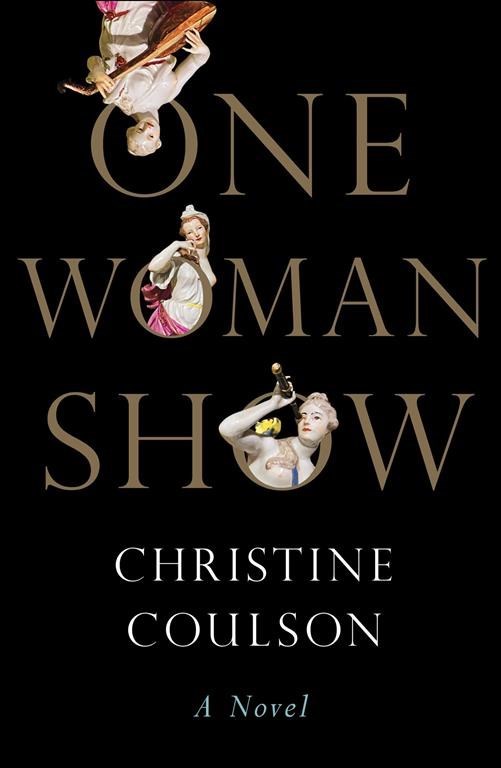Christine Coulson, who spent 25 years working at the Metropolitan Museum of Art, has written a short, clever novel that tells the story of a woman over the course of her life in a series of museum wall labels. In doing so, she acknowledges a sad but undeniable truth — that for much of the 20th century and perhaps even today, a certain kind of wealthy, white socialite in America was nothing more than an object to be critiqued, described, evaluated and displayed.
The woman’s name is Caroline Margaret Brooks Whitaker, better known as Kitty, and she is indisputably the star of “One Woman Show.” We are meant to read her life story as if we were walking through an exhibition at a museum like the Met, gazing at a set of related decorative objects laid out in chronological order in a series of vitrines.
At the start of the show, it is 1911 and Kitty, a girl of 5, is declared to be “a masterpiece,” “all fireworks,” a “golden child,” depicted under the watchful gaze of her doting parents, Minty and Whit Whitaker. At age 10, she already has “porcelain manners” yet senses her “suffocating” future: “the fragile need to be forever cared for according to someone else’s tastes and appetites.”
For the rest of the novel, the object labels offer up a road map of her well-bred life: from the Chapin School on Manhattan’s Upper East Side to Miss Porter’s in Connecticut, where Kitty practices balancing books on her head to improve her posture. Then the “privileged bohemia” of Smith College where, like former first lady Barbara Bush, she drops out after freshman year to get married. In her case, to the heir to a Pittsburgh mining fortune, whom she met at an Egyptian-themed spring cotillion in 1925. She is excited about being the centerpiece of a “new dynastic collection.”
Occasionally, Coulson inserts a page of dialogue to flesh out the motivations of the characters. But it is remarkable how much information she can convey about Kitty’s life, including her infertility, multiple marriages and touch of kleptomania, solely using wall labels.
At the beginning of the novel Coulson slyly announces that the exhibition, “One Woman Show,” opening Oct. 17, 2023 (when the book was to go on sale), was “made possible by gin, taffeta and stock dividends.” The closing image is haunting: a wrapped and crated Kitty, warehoused for lack of interest. “A classical form … Once flawless, inevitable. Now broken, irrelevant. Chipped, cracked, and packed away.”
___
AP book reviews: https://apnews.com/hub/book-reviews
Ann Levin, The Associated Press



